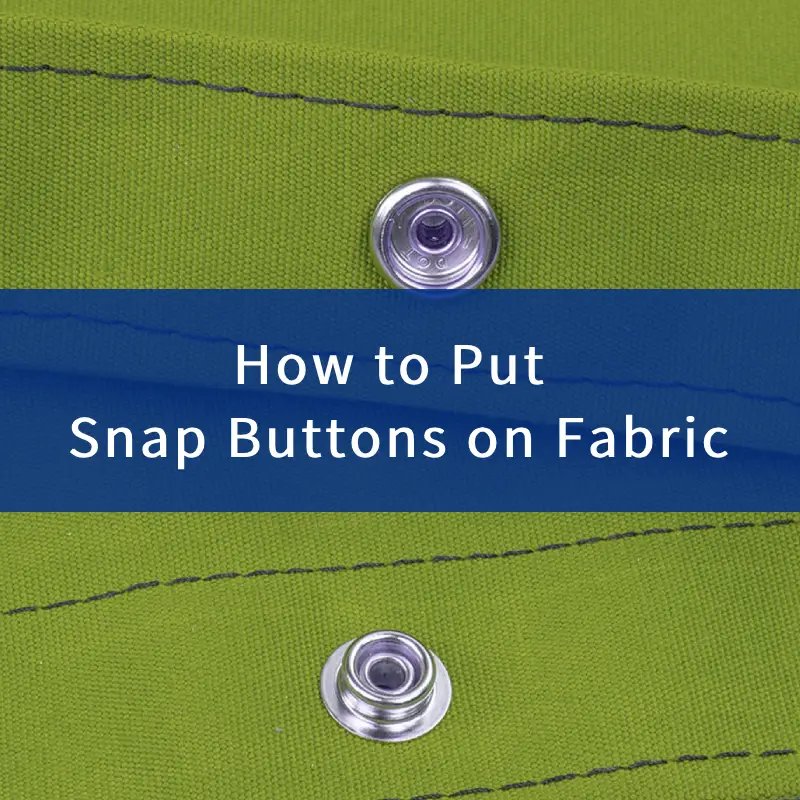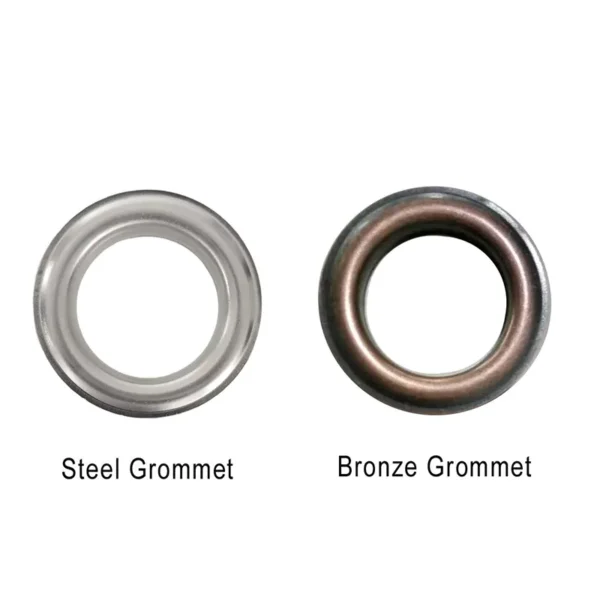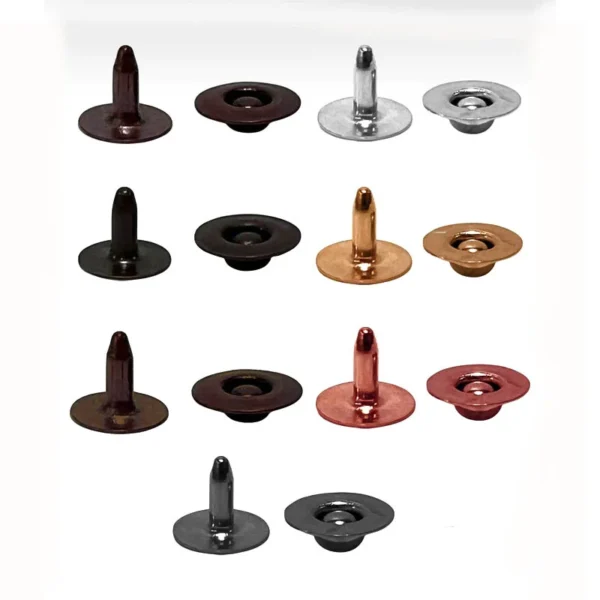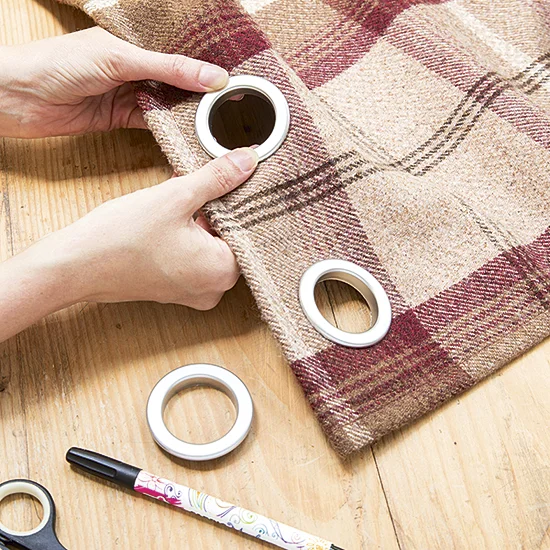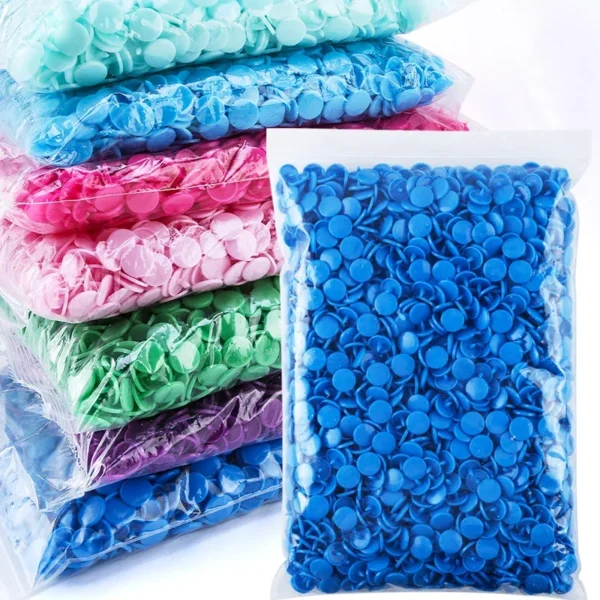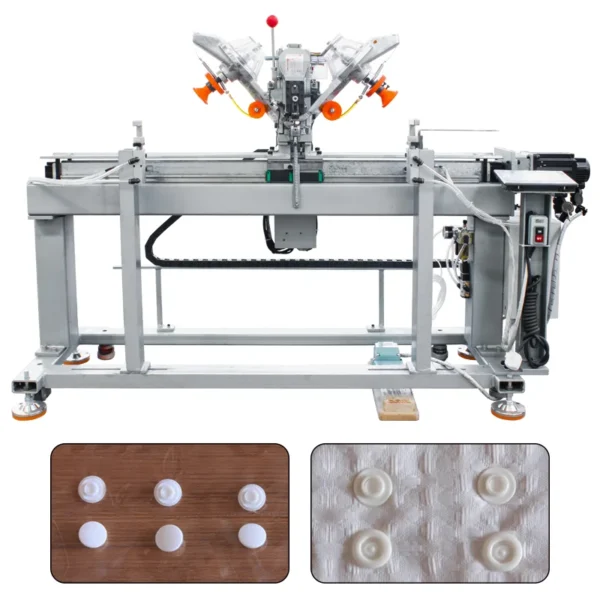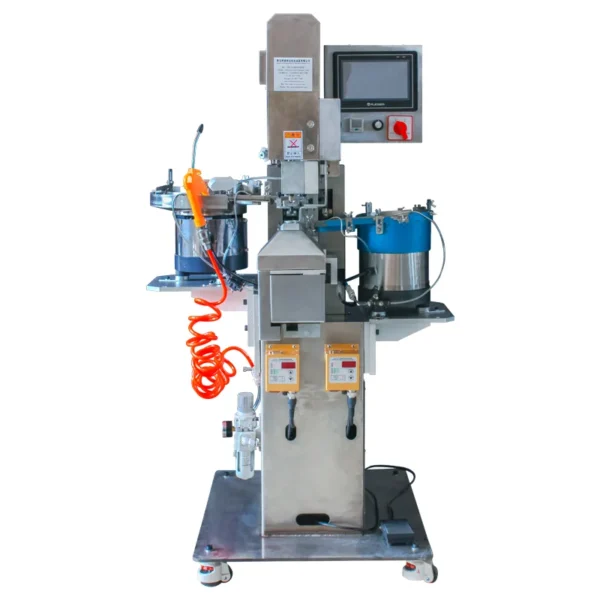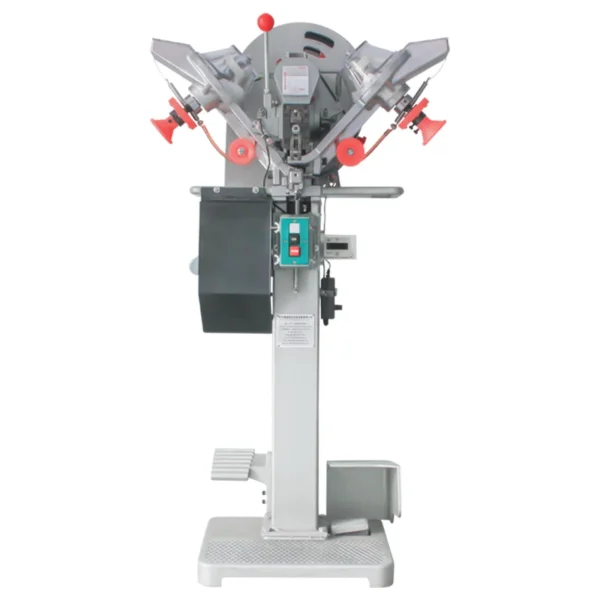Adding snap buttons to fabric is a simple yet crucial process in garment manufacturing, upholstery, and various other textile-based products. how to put snap buttons on fabric?
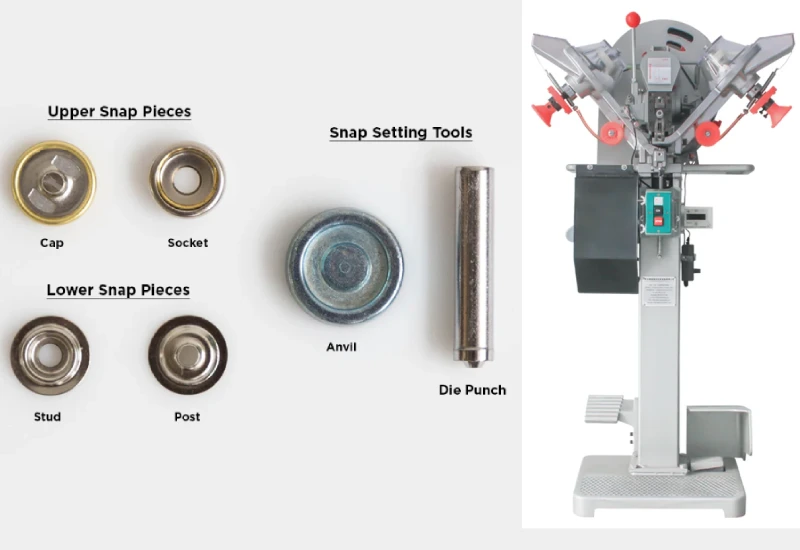
While manual tools are widely used for small-scale applications, automatic machines can significantly enhance efficiency, precision, and speed, especially in larger production settings.
In this article, we’ll walk through the process of installing snap buttons on fabric, focusing on using an Automatic Snap Button Machine for a more streamlined experience.
Understanding Snap Buttons and Their Types
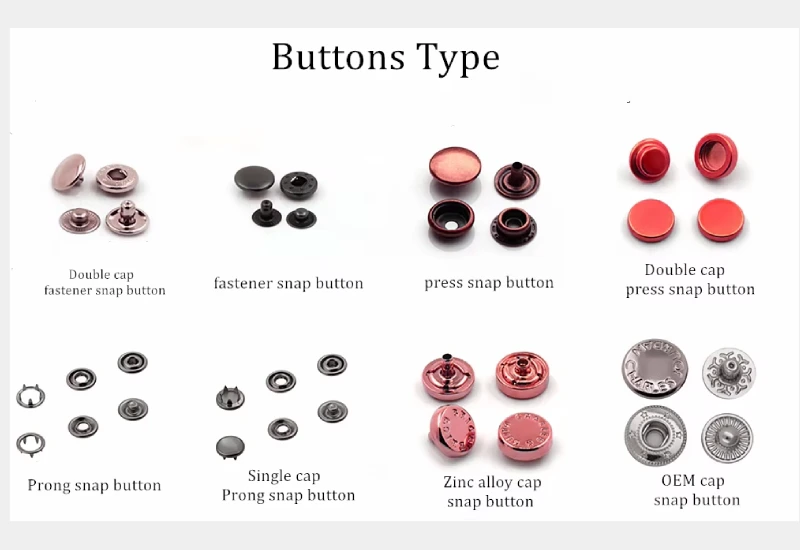
Snap buttons are a popular choice for fastenings due to their ease of use, strength, and aesthetic appeal. They consist of two parts: a male and a female component, which snap together to securely close or fasten a garment, bag, or upholstery. There are various types, including standard snaps, reinforced snaps, and invisible snaps, each serving a different purpose.
For fabric, snap buttons provide a reliable alternative to zippers, hooks, or buttons, especially when quick and simple closure is required. Automatic Snap Button Machines are designed to handle a wide variety of snap button types, making them ideal for high-volume production environments.
Preparing the Fabric and Snap Buttons
Before you start attaching snap buttons, you need to prepare both the fabric and the snaps. Begin by marking where you want the snap buttons to be placed. Use a fabric chalk or a washable pen to ensure accuracy.
Next, select the appropriate snap buttons based on your fabric type and design. The size and material of the snap should be compatible with the fabric. For example, heavy-duty snaps are ideal for thick fabrics, while lighter snaps are best for delicate materials.
Setting Up the Automatic Snap Button Machine
- Power Up the Machine
Ensure that your Automatic Snap Button Machine is plugged in and properly connected to a power source. Turn it on using the control panel. - Select the Correct Snap Size and Type
Adjust the machine settings to match the size and type of snap button you are using. Most automatic machines come with settings for various snap button sizes, so choose the one that corresponds to your fabric requirements. - Prepare the Fabric
Place the fabric onto the machine’s feeding platform. Ensure that it is aligned properly, and the marked spots where you want the snaps are visible and accessible. - Load the Snap Buttons
Load the male and female snap components into their respective slots in the machine. Some machines allow you to load multiple sets of snaps at once for increased efficiency.
Attaching the Snap Buttons with the Automatic Machine
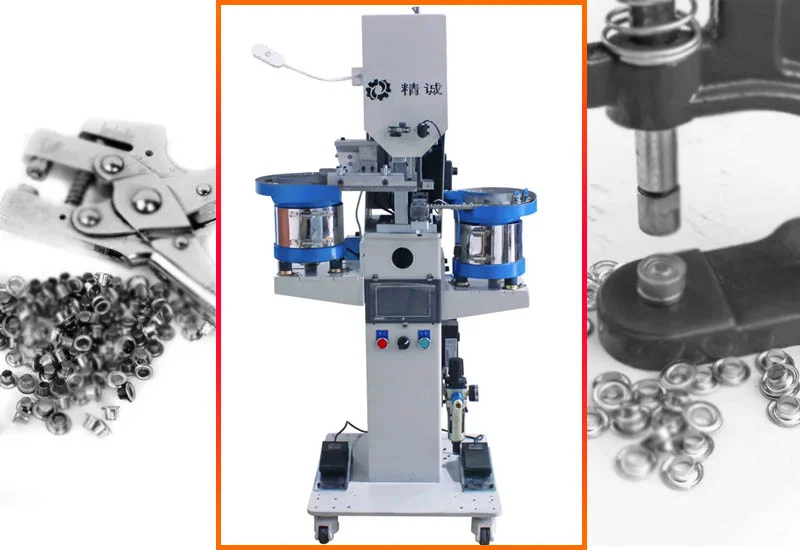
- Align the Fabric and Snap Components
Carefully position the fabric so that the snap button components align with the marked positions. The machine will automatically position the snap pieces based on the fabric and settings you’ve input. - Start the Attachment Process
Press the start button on the control panel to begin the attachment process. The Automatic Snap Button Machine will use a combination of pressure and mechanical force to attach the male and female snap parts to the fabric. - Check for Alignment and Pressure
While the machine operates, ensure that the snap components are aligning properly with the fabric. Automatic machines are designed to apply consistent pressure, but it’s important to check if the snaps are securely fastened. - Repeat the Process
Once the first snap is attached, move the fabric to the next marked position. The machine will automatically position and attach the next snap button, significantly reducing manual effort and improving efficiency. - Inspect the Attached Snaps
After the machine has completed the process, inspect the snaps to ensure they are firmly attached and function properly. The snaps should be securely fastened, with no loose components or misalignment.
Benefits of Using an Automatic Snap Button Machine
Speed and Efficiency
One of the main advantages of using an Automatic Snap Button Machine is the speed with which it attaches snaps. Unlike manual tools, which require time and effort for each individual snap, the automatic machine can handle high volumes in a short amount of time, making it ideal for large-scale production.
Precision and Consistency
Automatic machines ensure consistent placement and attachment of snap buttons. Each button is applied with the same level of pressure and precision, ensuring that all snaps align correctly. This consistency reduces the risk of errors and ensures the finished product meets high-quality standards.
Reduced Labor Costs
By automating the snap button application process, businesses can reduce the need for manual labor. This lowers labor costs while allowing employees to focus on other important tasks. In turn, this boosts overall productivity and profitability.
Customization and Versatility
Automatic Snap Button Machines can handle a wide range of snap sizes, materials, and fabric types. This versatility allows you to produce a variety of products, from garments to upholstery, using the same machine. You can easily switch between snap types without interrupting the production process.
Troubleshooting Common Issues
Although Automatic Snap Button Machines are designed to run smoothly, issues may arise from time to time. Here are some common problems and how to address them:
- Misaligned Snaps
If the snaps are misaligned, check the machine’s settings and ensure that the fabric is placed correctly. Adjust the fabric guide if necessary and make sure the snap components are loaded properly. - Snaps Not Securing Properly
If the snaps are not fastening securely, it could be due to incorrect pressure settings or poor-quality snaps. Adjust the pressure settings and use high-quality snaps that are compatible with your fabric. - Fabric Jamming
If the fabric jams in the machine, it may be due to an incorrect feed or improper alignment. Ensure that the fabric is loaded correctly and that the machine’s rollers are functioning smoothly. - Uneven Snaps
Uneven snap attachments can result from inconsistent pressure or poor snap alignment. Ensure the snap components are loaded correctly and that the machine’s pressure settings are calibrated for the fabric.
Final Inspection and Quality Control
After the snaps are attached, it’s important to perform a final inspection to ensure they are properly fastened and function correctly. Check for any misaligned snaps, weak fastenings, or other issues that could compromise the product’s quality.
You can test the snaps by gently pressing them together to ensure they “snap” securely into place. If you notice any issues, address them before proceeding with mass production.
FAQs
What is the best fabric to use with snap buttons?
Snap buttons work well with medium to heavy fabrics like denim, canvas, cotton, or wool. They may not work as effectively on thin or delicate fabrics, such as chiffon or silk, as they may tear or distort.
How do I attach snap buttons manually?
Mark the spots: Use your ruler and fabric marker to mark the button’s center on both sides of the fabric.
Cut small slits: Make small slits where the snap button parts will go.
Install the snaps: Place the snap button parts (male and female) on each side of the fabric. Use a snap press or pliers to secure the button parts in place, ensuring they’re properly fastened.
Can I use a snap button press for all types of snap buttons?
Although not all snap button presses are designed for every type of snap button, they can be customized for you. Make sure the press you use is compatible with the specific size and type of snap button (e.g., metal or plastic, 12mm or 15mm) you’re working with.
How to Put Snap Buttons on Fabric?
To attach snap buttons to fabric, mark placement spots, then cut small slits for the button parts. Use a snap press or pliers to secure the male and female parts on each side of the fabric. Ensure the button is secure by applying even pressure. Test for proper fastening.
Conclusion
Putting snap buttons on fabric using an Automatic Snap Button Machine is an efficient and precise way to enhance your production process. The automation and consistency offered by these machines ensure fast, high-quality results, while reducing labor costs and minimizing errors. By following the steps outlined above, you can easily set up and operate the machine for optimal results, no matter the fabric or snap type. Whether you’re working with clothing, upholstery, or other textile products, an Automatic Snap Button Machine can significantly improve your manufacturing efficiency and product quality.

